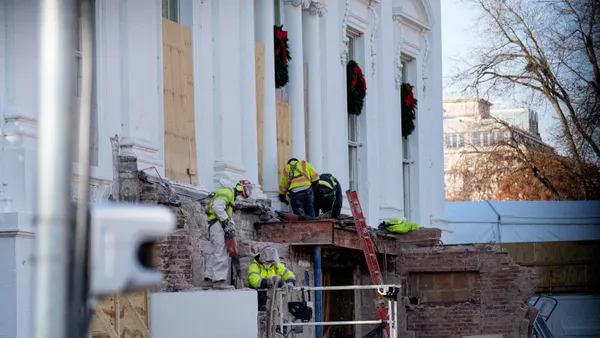Dive Brief:
- In an effort to combat the area's lack of affordable housing, the San Francisco Board of Supervisors has passed a measure that allows homeowners and building owners to turn extra spaces — like storage areas and utility rooms — into rentable units, according to The Wall Street Journal.
- Buildings with fewer than five existing units will be allowed to add one makeshift apartment, also known as "in-law apartments," but larger buildings will be able to add the rent-controlled units in unlimited numbers. Total additional city living spaces could grow as high as 14,000.
- The measure now heads to San Francisco Mayor Ed Lee, who is expected to sign it into law.
Dive Insight:
The Bay Area has been unable to come up with an adequate supply of affordable housing, adding only 1,250 such units over the last two years. Rents have also doubled since the recession, but the glut of housing expected as a result of the new rule could bring those rates down.
A May Bay Area Council survey found that more than one-third of San Francisco area residents plan to leave the area in the wake of increasing housing costs, tedious commutes and a steadily climbing cost of living. And in April, the San Francisco Chronicle reported that the area's building "boom" was not easing price appreciation or demand because most of the units being built have been in the high-end, luxury side of the market.
Proponents of the new rule say that it will allow those who cannot afford typical San Francisco rents to be able to stay in the city, therefore making neighborhoods more diverse. Landlords and homeowners, they said, will also be able to make extra money. Critics, however, maintain that the extra people could cause overcrowding and parking problems.
Washington, DC, recently took similar action when it passed a new accessory dwelling rule for certain outlying neighborhoods. When the new zoning takes effect in September, many homeowners will be able to build and rent tiny houses in their backyards. As in San Francisco, those who favor the change have said that this will diversify neighborhoods as well as make apartment hunting easier for the 1,000 new residents moving into the District each month.











